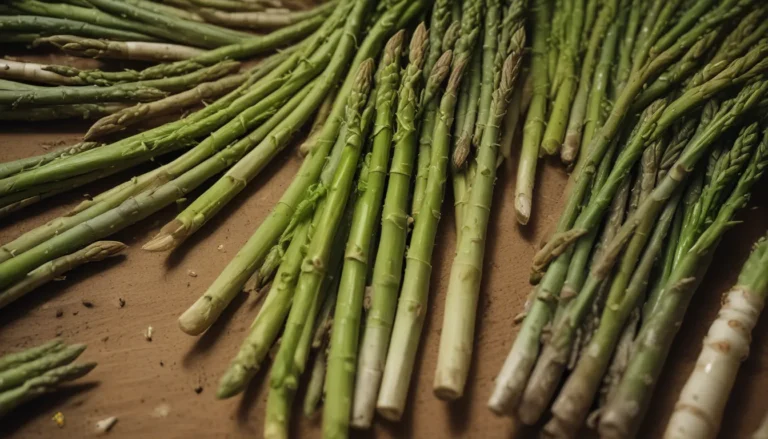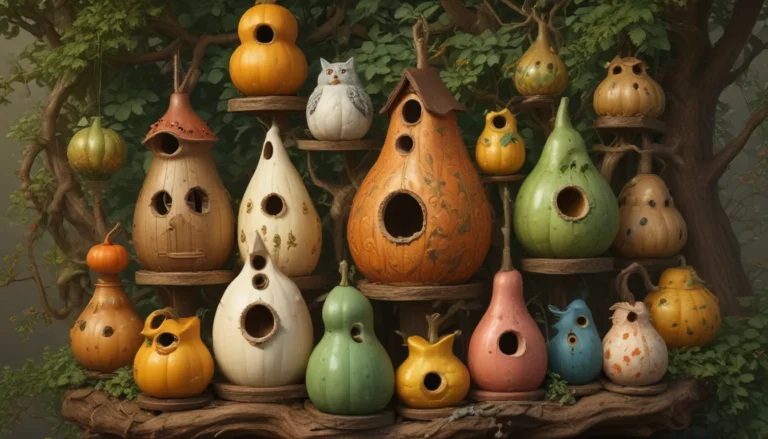Ultimate Guide to Clematis Winter Care: Protecting Your Vines from Freezing and Frost

Clematis, known as the queen of vines, adds a touch of regality to any garden with its stunning performance. These carefree perennials bloom in various shades from late winter into autumn, creating beautiful walls of color as they scramble over arbors, pergolas, and trellises. However, not all clematis varieties are cold-hardy, so it’s essential to provide them with some preventative winter care to ensure they return year after year with an abundance of flowers.
In this comprehensive guide to clematis winter care, we will discuss everything you need to know to protect your vines from freezing temperatures and hard frosts.
What You Need to Know
Before we dive into the specifics of winter care, let’s take a closer look at clematis blooming, hardiness, and pruning groups:
-
Blooming Periods: Clematis has three distinct blooming periods that correspond to pruning groups known as Groups 1, 2, and 3.
-
Hardiness: Clematis are hardy in USDA Zones 3-9, with some species suitable for even colder Zone 2.
-
Pruning Groups: Group 1 varieties flower on old wood in winter and early spring and require no pruning. Group 2 blooms in spring on both old and new wood and require light pruning. Group 3 flowers on new wood in late spring, summer, and autumn and need a hard winter trim.
Group 1
Group 1 clematis are the early bloomers that flower on old wood in winter and early spring. They require minimal pruning and include evergreen varieties that are susceptible to frost damage.
Group 2
Group 2 varieties bloom vigorously in spring and have a lighter second flush in summer. They require light pruning in early spring and a heavier trim in summer. In colder regions, their blooming may be limited to one set of flowers on old wood in early summer.
Group 3
Group 3 clematis flower from late spring into autumn entirely on new wood. They require a hard winter prune, making them ideal for colder regions where frost damage to stems is minimal.
If you are unsure about the pruning group of your clematis, pay attention to their growth patterns and blooming times to determine the appropriate group.
Deadheading and Cleanup
As part of your winter preparation, start by deadheading spent blooms and removing damaged or dead vines. Dispose of all debris to prevent overwintering of bacteria and insects. Clean up before the ground freezes to ensure a healthy start for your plants in spring.
Providing Protective Mulch
For regions with frigid winters, consider adding a generous layer of mulch around your clematis to insulate the roots from drying winds and extreme temperatures. After the ground freezes, apply 4 to 6 inches of aged compost, evergreen boughs, grass clippings, hay, leaf mold, or rotted manure around the base of the plant. Remember to remove the mulch gradually as the soil thaws to protect against late frosts.
Building a Bird’s Nest
If your clematis belong to Group 3 and you live in a cold zone, you can create a bird’s nest over the crown for extra insulation. This technique involves cutting stems above the ground, pulling them down, and compacting them into a dense nest over the crown. Remove the nest before spring to prevent damage to new growth.
Frost-Sensitive Plant Protection
Evergreen clematis species in Group 1, such as C. armandii and C. cirrhosa, are hardy in Zones 6-9 but may suffer dieback in freezing temperatures. Consider covering them with burlap or frost blankets during extended cold spells. Alternatively, wrap the plants in traditional Christmas lights for extra warmth, ensuring they are shielded from harsh winds.
Container Care
Clematis can be overwintered in containers, provided they belong to the appropriate pruning group and the container is freeze-safe. Mulch generously around the base of the plant in freeze-sensitive containers to prevent root damage. Insulate containers made of resin, wood, or other materials with landscape bags filled with leaves or bubble wrap.
By following these winter care strategies, you can ensure your clematis vines thrive and return with vibrant blooms year after year. Don’t forget to check your plant’s winter hardiness and provide adequate insulation for the crown and roots to protect them during the colder months.
How are your clematis faring this winter? Share your experiences in the comments below!
For more information on clematis care, check out our resources:
- The Complete Clematis Growing Guide
- Types of Clematis and How to Identify Your Vines
- 9 Reasons for Yellow Clematis Leaves
In conclusion, with a little extra care during the cold months, your clematis vines will reward you with a colorful display in the spring, even in the chilliest of zones.
Remember, a little preparation goes a long way in ensuring your garden flourishes year-round.
Happy gardening!





